
Hi it’s me puddleorganism if you’re confused why you got a billion hoops from me
298 posts
Latest Posts by goblin-in-the-rain - Page 9


Lasioglossum xanthopus from the Netherlands, occurs from Great Britain into Asia.
Source




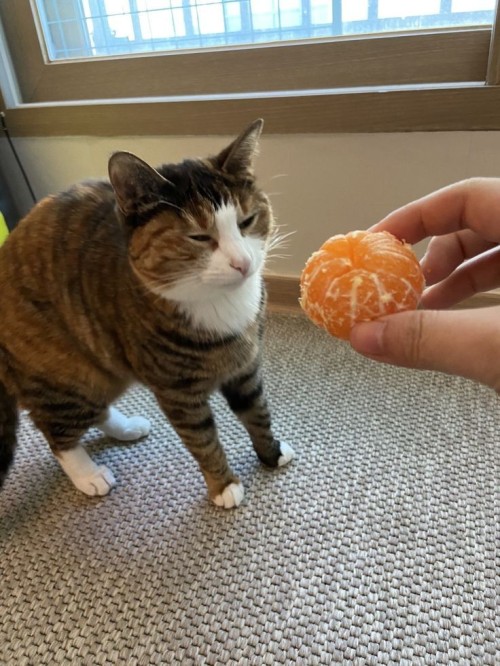

please please please help me find more cats smelling a smelly smell
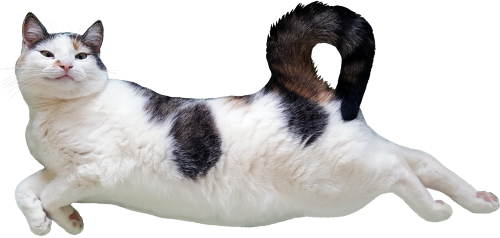
here's my cat for your dash btw. if you even care

Computer wiring tunnel inside an abandoned coal power plant.
Photo by Bryan Buckley


Green Milkweed Locust (Phymateus leprosus)









Clearwing tussock moth, Carriola ecnomoda, Lymantriinae
Found in Southeast Asia
Photo 1 by leptonia, 2 by rejoicegassah, 3 by dhfischer, 4 by antoniogiudici, 5 by mark027, 6-8 by ivijayanand, and 9 for scale by soooonchye
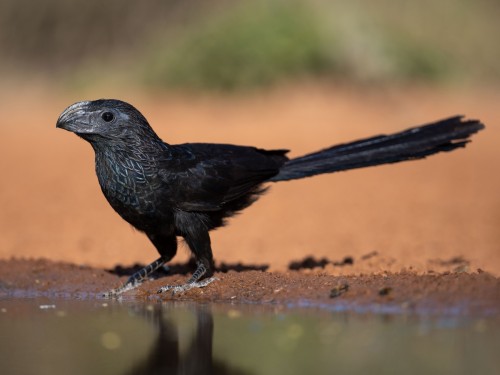
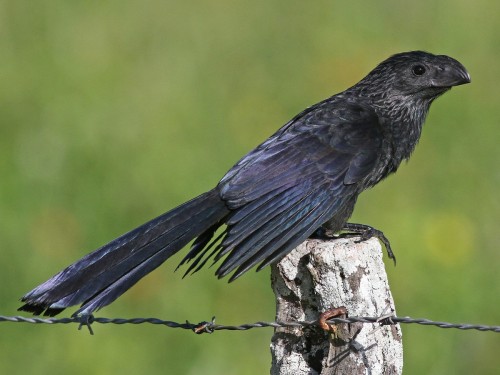
just found out about this cute little birdy and i am in love
![Bilateral Gynandromorph Carpenter Bee [x]](https://64.media.tumblr.com/a6394b4af38a2ad62fa4405f80e485c2/185eb66117b083a5-9a/s500x750/ca5485282ef8c4864ba980ba284a864dd575563b.jpg)
Bilateral gynandromorph carpenter bee [x]


citheronia sepulcralis
pine-devil moth
location: north america
Moths. Feathers. Moths with feathers*!!
*These feathers are brought to you by CONVERGENT EVOLUTION!
So, here's the Alucitidae Family!! Commonly known as the many-plumed moths!! (Note, there’s also just plume moths, in the Pterophoridae family, but I wanted to talk about these ones today)

Their wings are really something else! Each wing is made up of about 6 flexible spines from which bristles (similar to the barbs of bird feathers) project laterally forming feathers! There are about 200 species known, they are pretty small, the wingspan of adults ranging from 7-28mm. They are distributed in temperate and subtropical regions worldwide and, not surprisingly, are mostly nocturnal and some crepuscular. Their larvae tunnel through the leaves and buds of various shrubs, the larvae of the type species for example, Alucita hexadactyla (pictured above as adult, as larva below), feeds on honeysuckle!
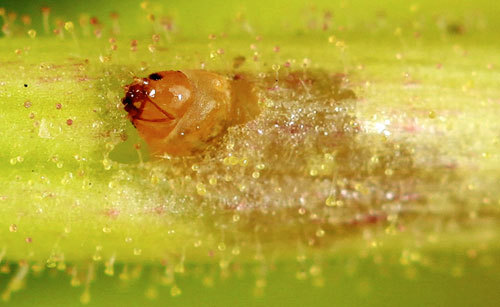
Also as a little fun fact, until 2004 there was only one species of many-plumed moth known to live in North America, A. montana (lowest photo) which was by the way mistaken to be the same as the European type species I talked above, since then however, two more species have been discovered by Bernard and Jean-François Landry, A. adriendenisi (left) and A. lalannei (right)!



Mothman's fashionable brother.
Random bee behavior fact for those who wish to read, just because I feel like it and because it’s late and I’m stalling on sleeping:
Bumblebees may seem like passive, cuddly, and docile creatures, but they won’t hesitate to defend themselves if they feel as if their warnings aren’t being read or taken seriously.
I.e. the photos and diagram below, when a bee feels threatened they will raise one or more of their legs into the air, signaling to whatever or whomever may be bothering them as a message essentiality saying: “hey, back off, too close!”


species pictured: bombus pascuorum, bombus impatiens
If their defensive posture goes unnoticed or ignored, they may be pushed into defending themselves by stinging (which is also a stressful experience for not only one such as yourself, but also for the bee.) If you ever find yourself getting close to a bumblebee while taking pictures, walking close to them, or just admiring them, remember this posture! If a bee does this, it is simply asking you to take a step back as it feels it is being threatened.
Now you can understand and use this knowledge to your advantage if you ever come across one in the future. (Of course, because it’s very hard not to anthropomorphize animals, I do have to admit that they do look pretty cute when doing it. Just remember to respect them though!)
*ANGRY BEETLE NOISES*
context: I rolled a log over and found a group of passalids (Odontotaenius disjunctus) so i put them in my hand to take pics. Then I noticed another one on the other side of the log, but that one must’ve been from a different colony because they did not get along
(Virginia, 10/15/21)
Have you ever seen the pattern on a Macrodontia Cervicornis cuz like… holy shit










rainbow

source




a couple extremely handsome carpet beeltes, Anthrenus lepidus and Anthrenus scrophulariae

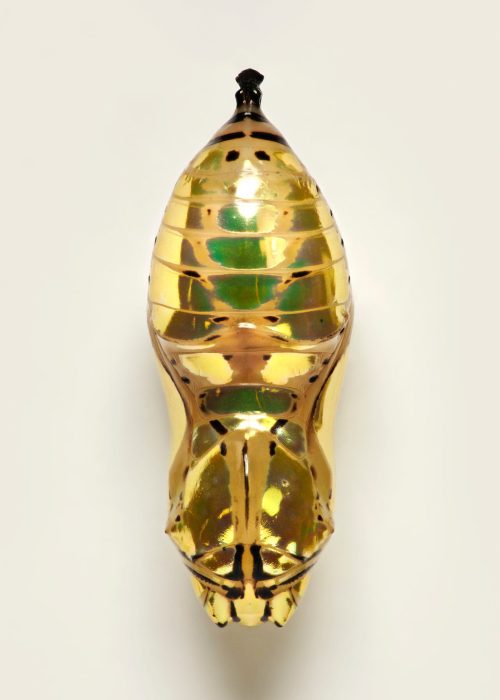
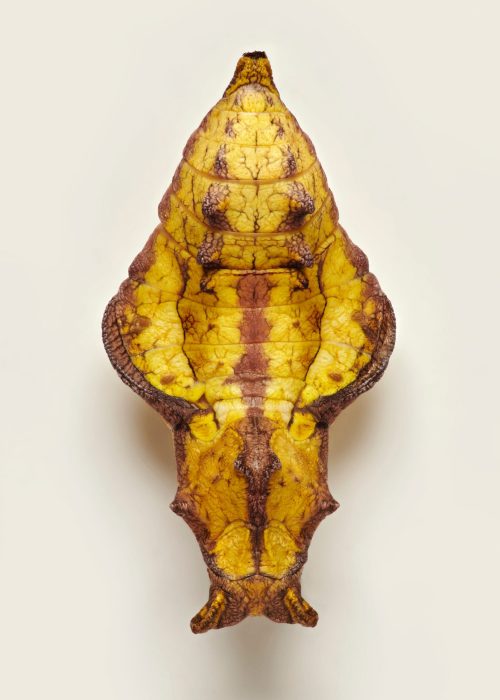
Photographer Levon Biss Illuminates the Strange, Otherworldly Chrysalises of Butterfly Pupae
Rob Garren posted a beautiful cockerel from his purple poultry project the other day, though i think this bird is from his general iridescent breeding pen. The bird is beautiful and looks like an oil slick. There isnt a "gene" that causes this, this is Rob selecting for more and more iridescence over time.



He also got some up close pictures of the feathers and they are breathtaking
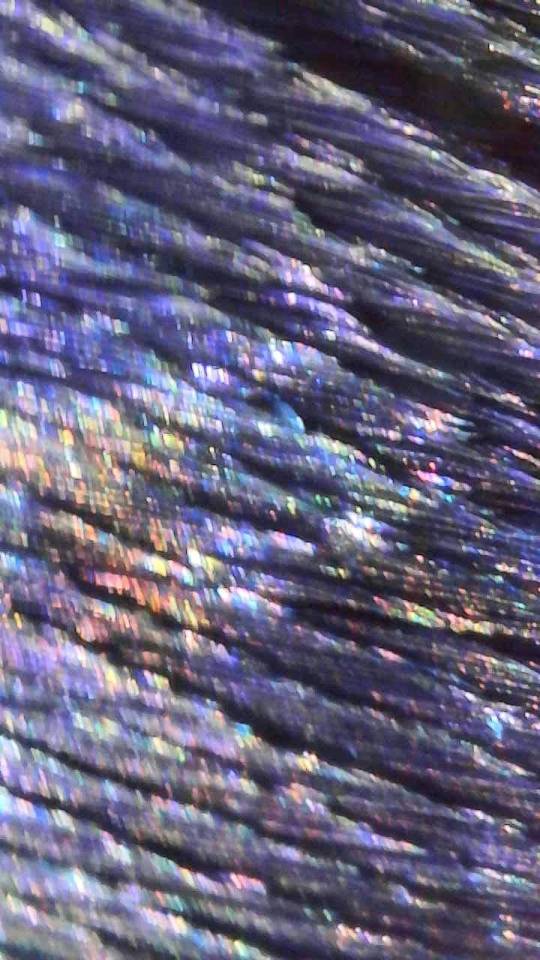

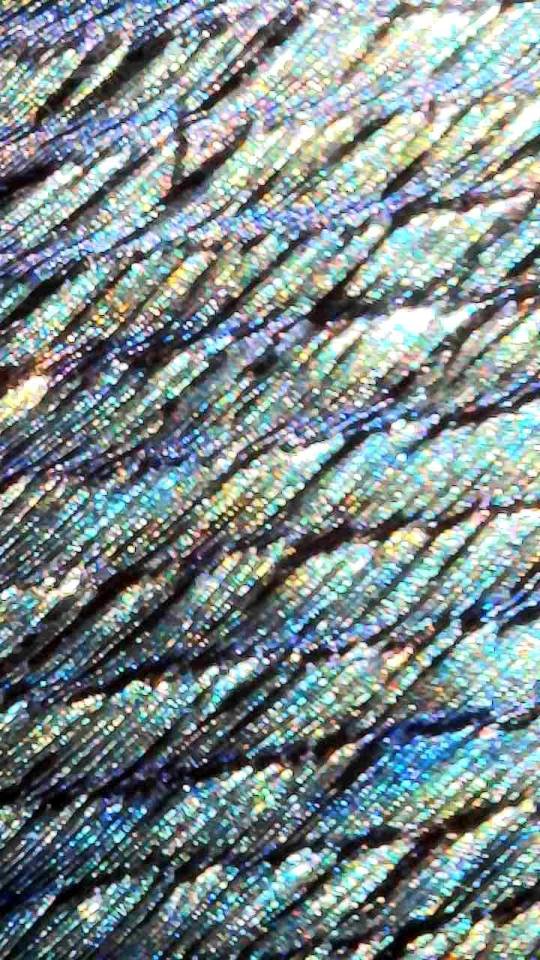

You can follow Rob's project at the purple poultry facebook group but none of these birds (or eggs) are for sale yet so do not bother him.
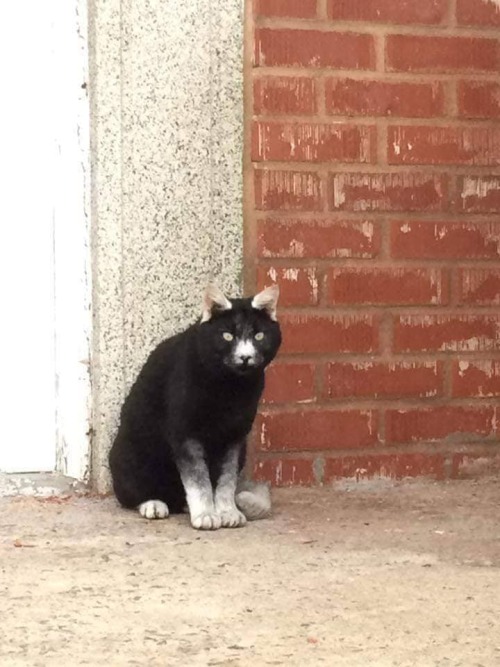



Unusual cat gene that seems to occur naturally in Poland and Romania. This gene is called Karpati. More can be read here
Is this important? No!
Am I gonna keep making stuff like this? Probably!
i hate that every time i look for color studies and tips to improve my art and make it more dynamic and interesting all that comes up are rudimentary explanations of the color wheel that explain it to me like im in 1st grade and just now discovering my primary colors

Bioregional Quiz
